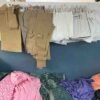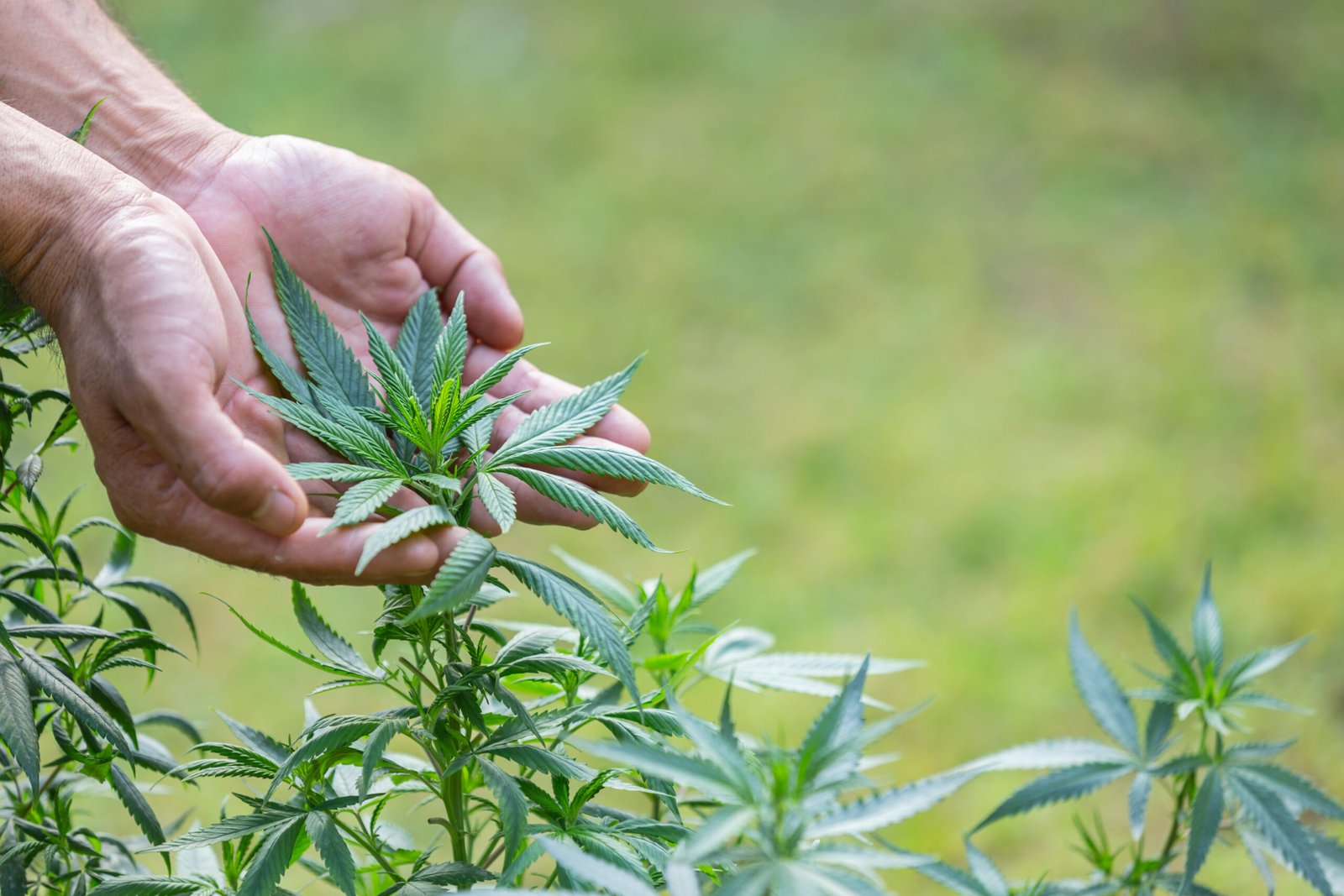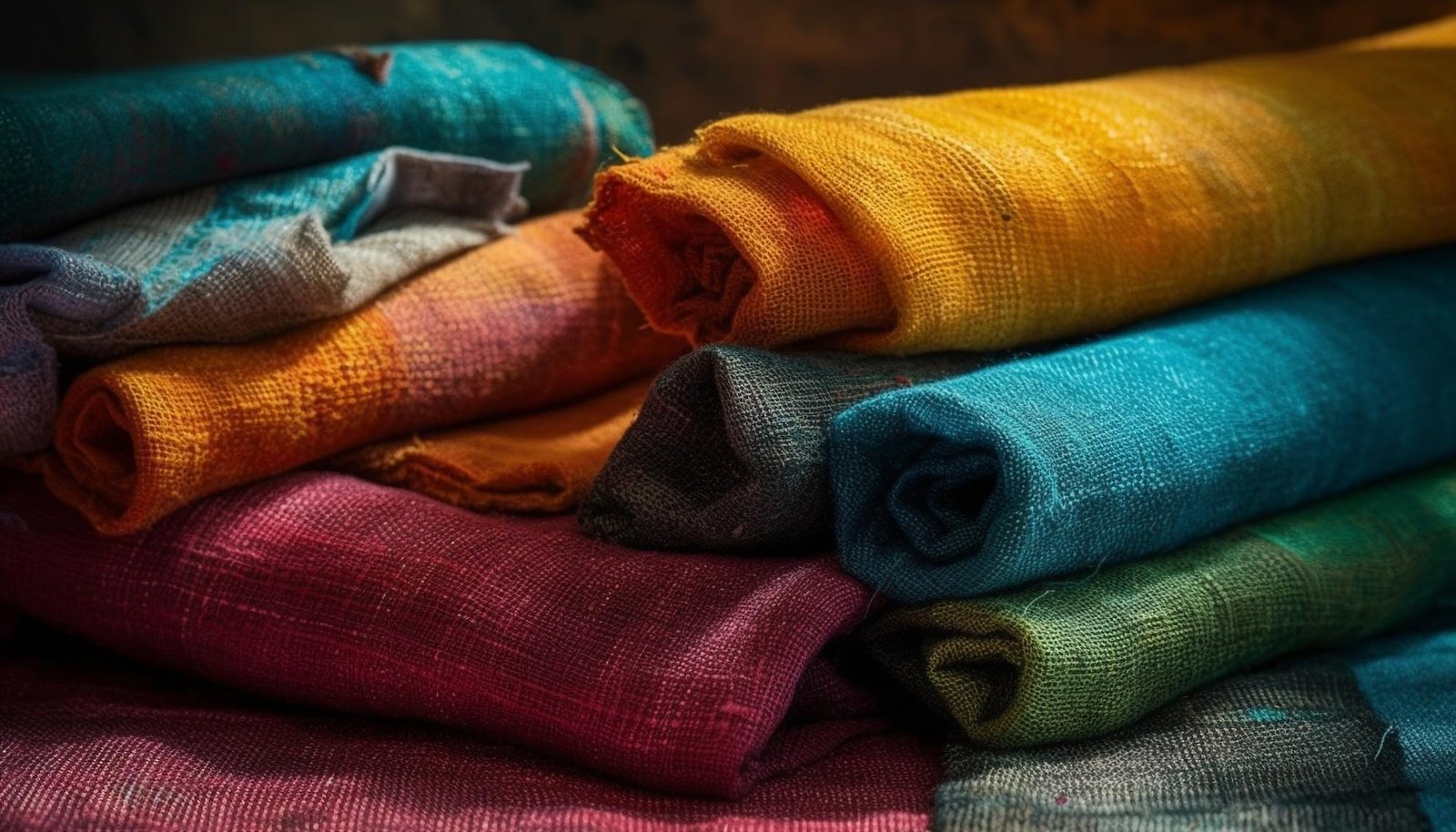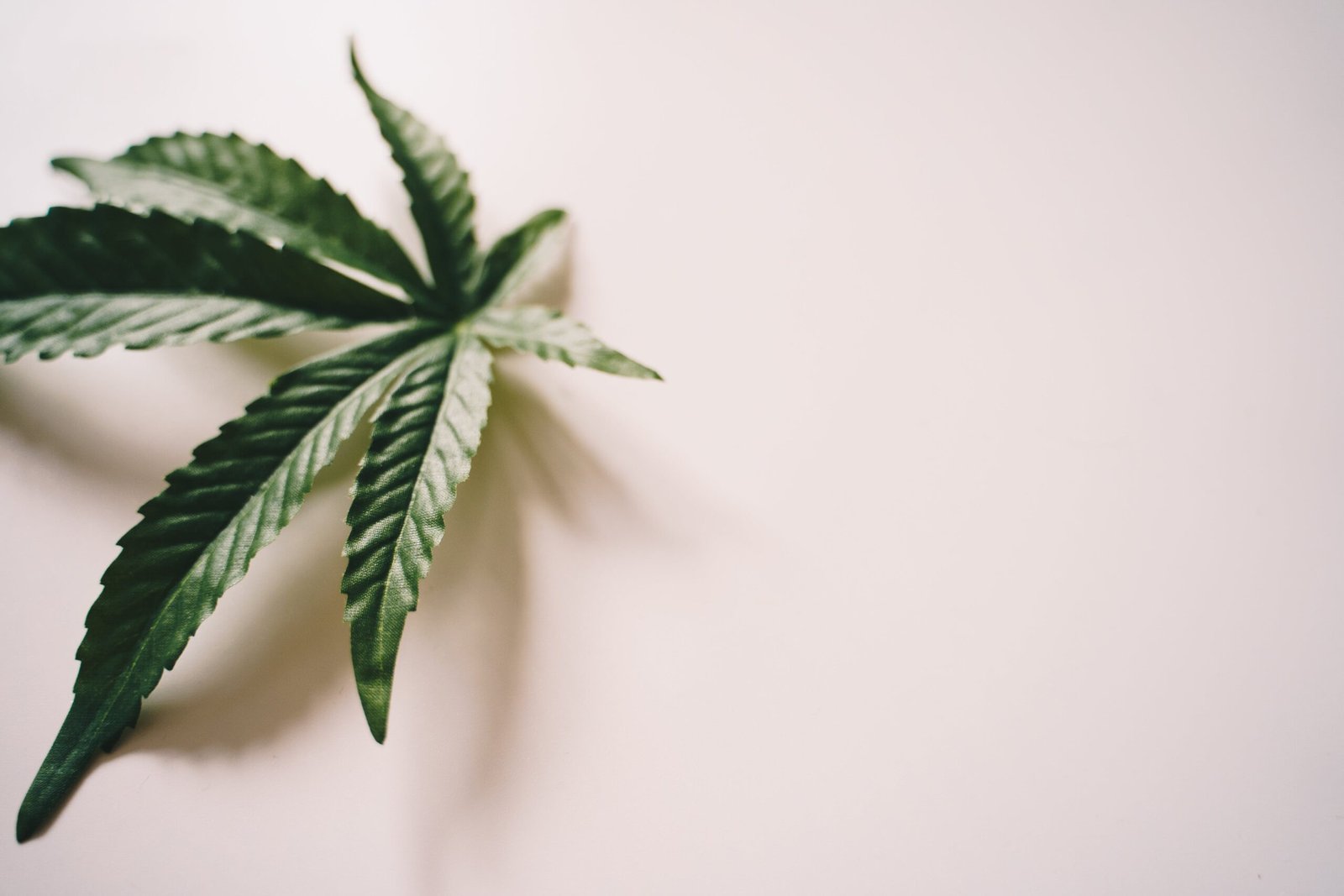From Farm to Fashion: Tracing the Journey of Hemp in Our Apparel
From Farm to Fashion: Tracing the Journey of Hemp in Our Apparel In an era dominated by fast fashion and its environmental repercussions, the demand for sustainable textiles has witnessed a significant uprise. One of the frontrunners in the realm of eco-friendly fashion is Hemp clothing, a natural fibre with a plethora of benefits for both consumers and the mother earth. Sustainable Textiles and the Rise of Hemp Sustainable textiles have become more than just a buzzword; they represent a conscious shift towards greener and more ethical fashion choices. Dive into Hemp clothing, a textile derived from the hemp plant known for its versatility and minimal environmental impact The Eco-Friendly Fashion Revolution Eco-friendly fashion is not merely a trend; it’s a paradigm shift in the way we approach clothing. Hemp, being one of the oldest cultivated crops, has re-emerged as a sustainable solution to the environmental woes associated with the fashion industry. Hemp Fabric Benefits and Ethical Fashion The benefits of hemp fabric extend beyond its sustainability. Its durability, breathability, and antibacterial properties make it an ideal choice for those seeking longevity and comfort in their wardrobe. Embracing hemp is a step towards embracing ethical fashion, prioritizing the well-being of both the wearer and the planet. Embracing Natural Fibers for a Better Tomorrow The allure of natural fibres lies in their minimal processing requirements and biodegradability. Hemp, a champion among these fibres, takes us back to our roots with its eco-conscious cultivation and minimal environmental impact. Sustainable Manufacturing: A Crucial Element The journey from farm to fashion hinges on sustainable manufacturing processes. Hemp, with its very low water and pesticide requirements, aligns perfectly with the ethos of sustainable fashion. The reduction in chemical inputs contributes to a cleaner, healthier planet. Hemp Clothing Trends and Environmental Impact Keeping pace with hemp clothing trends not only puts you on the forefront of fashion but also aligns your choices with a reduced environmental impact. By choosing hemp apparel, you are making a statement that style and sustainability can coexist harmoniously. Slow Fashion and the Hemp Apparel Industry As the antithesis of fast fashion, slow fashion encourages thoughtful consumption and longevity in clothing choices. Hemp, with its durability, fits seamlessly into this movement, offering consumers a chance to invest in pieces that withstand the test of time. Green Textiles and Biodegradable Fashion The quest for green textiles has led to a revaluation of the materials we clothe ourselves in. Hemp, being a biodegradable fashion choice, ensures that our clothing doesn’t linger in landfills, contributing to a circular and re-generative fashion ecosystem. Hemp Clothing Innovations: Paving the Way Forward In the dynamic landscape of sustainable fashion, hemp clothing innovations are propelling the industry into new realms. From blended fabrics, innovative dyeing techniques to eco and natural prints for matching the latest trend, the Hemp apparel industry is showcasing that style need not be compromised in the pursuit of sustainability. Eco-Conscious Materials for a Brighter Future In conclusion, the journey of Hemp from farm to fashion epitomizes the convergence of style, comfort, and sustainability. Choosing eco-conscious materials likehemp clothing is not merely a fashion statement; it’s a conscious decision to tread lightly on our planet while adorning ourselves in garments that tell a story of ethical choices and a commitment to a brighter, greener future.










